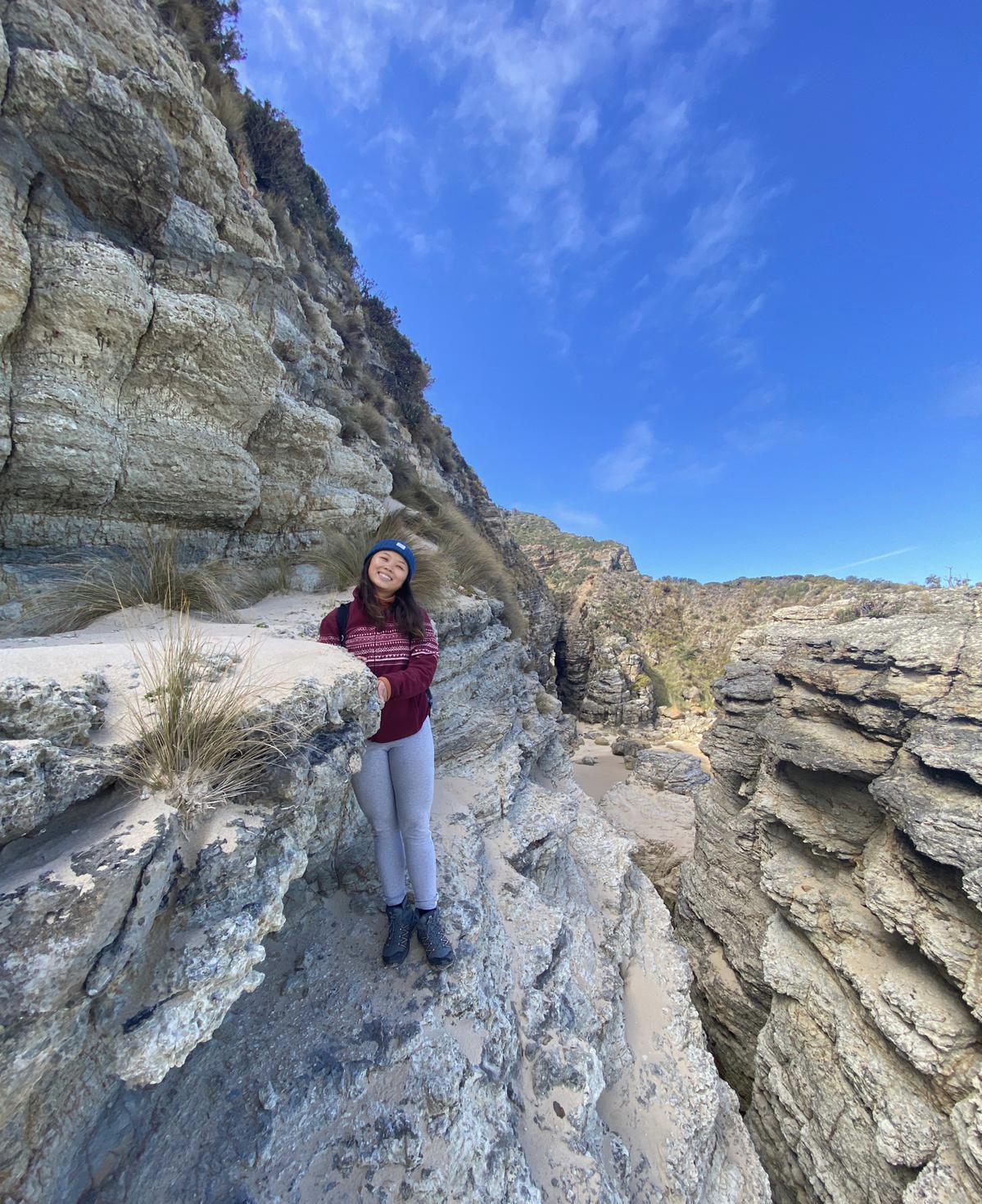Are you looking for a new adventure? Why not try solo travel in Canada? With its breathtaking landscapes, vibrant cities, and friendly locals, Canada is the perfect destination for solo travelers.
But before you pack your bags and book your flight, there are some things you need to know.
In this guide, we will cover everything you need to know about solo travel in Canada. From safety tips to visa requirements and recommended vaccinations, we have got you covered.
Last updated on: 09-01-2024
Is Canada safe for solo travel?
Canada is widely considered a safe destination for solo travel. By practicing normal precautions like staying aware of your surroundings and following local laws, you can ensure a secure trip.
Even more, Canada holds the 11th spot on the Global Peace Index.

The GPI is a creation of the Institute for Economics and Peace (IEP) and stands as the foremost global measure of worldwide tranquility.
What is the best time to visit Canada for solo travelers?
The best time to visit Canada for solo travelers is between mid-April to June, and September to early November. During these periods, the temperatures are perfect for exploring, and both seasons offer unique opportunities for solo travel in Canada.

Canada has four distinct seasons:
- Winter (December to February/March or later): Characterized by very low temperatures and frequent snowfalls. Some regions may have snow from October to April.
- Spring (March to May): The season when the snow accumulated during the winter starts to melt. The days are longer and warmer, but the nights remain cold. Plants begin to grow, and the trees start to get leaves again in April or May.
- Summer (June to August/September): The weather is warm, and the temperatures can reach 30°C. It is the season to enjoy the varied and extensive Canadian nature, especially its many lakes and attractive mountains.
- Autumn (September to November): Characterized by the color change of the trees’ foliage, which turn from green to red, yellow, and brown before falling to die down in the winter.
Source: nrc.canada.ca
What are the most important holidays and festivals in Canada?
Some of the most important holidays and festivals in Canada include:
- Canada Day: Celebrated on July 1st, it marks the anniversary of the Constitution Act of 1867, which united the three separate colonies of the Province of Canada, Nova Scotia, and New Brunswick into a single Dominion within the British Empire called Canada.
- Victoria Day: Celebrated on the last Monday before May 25th, it honors Queen Victoria’s birthday and is considered the unofficial start of the summer season in Canada[1].
- Labour Day: Celebrated on the first Monday in September, it honors the contributions of workers and is often considered the unofficial end of summer.
In addition to these, there are numerous other festivals and events celebrated throughout the year, such as the Québec Winter Carnival, Winterlude, Calgary Stampede, and the Ottawa Tulip Festival.
Each province and territory also has its own separate public holidays, adding to the diverse tapestry of celebrations in Canada.
How to connect with other solo travelers in Canada
To connect with other solo travelers, there are several strategies you can employ. Join travel communities, both online and offline, to find like-minded individuals who share your passion for solo travel.
Download a solo travel app or attend solo traveler meetups, group tours, or organized activities where you can interact with fellow solo travelers.

Some popular spots for solo travelers in Canada include:
- Banff, Alberta: Known for its majestic mountains and being one of the top-rated travel destinations in the world for solo travelers.
- Toronto, Ontario: Canada’s largest city, offering a safe and diverse environment for solo travelers.
- Vancouver, British Columbia: A city known for its natural beauty, offering everything from beaches to mountains, making it a top destination for solo travelers.
- Le Baluchon Éco-villégiature, Québec: A luxurious eco-resort in the Mauricie region, perfect for solo travelers seeking a wintertime getaway.
Is Canada expensive for solo travel?
Canada is not the cheapest destination for solo travel. If you’re looking for a budget trip, you might want to consider other countries like Thailand or The Philippines.
A solo traveler in Canada should plan to spend around $150 to $200 per day, which translates to approximately $1050 to $1400 per week, considering accommodation, food, transportation, and activities.
The actual budget for a solo traveler in Canada can vary based on factors such as accommodation, food, transportation, and activities. Here’s a breakdown:
- Accommodations in Canada can be expensive, with the average cost for a room per night ranging from $150 to $200. For budget travelers, staying in hostels or camping can significantly reduce accommodation costs, with camping potentially costing as low as $20 per night.
- The food and beverage industry in Canada is heavily taxed, and dining out can be relatively expensive. It is suggested to budget around $100 per day for meals if you plan to have all of your meals in restaurants.
- Transportation costs can vary based on the mode of travel. Public transport in cities is generally affordable, while car hire, trains, and domestic flights for longer distances can add to the budget.

Best places to visit in Canada for solo travelers

When it comes to solo travel in Canada, there are several amazing destinations that await adventurous travelers:
1. Quebec City, Quebec: Known for its friendly locals and charming atmosphere, Quebec City offers a great destination for solo travel.
The city’s rich history, beautiful architecture, and vibrant culture make it an ideal place to explore independently.
2. Vancouver Island, British Columbia: With its stunning natural beauty, including forests, towns, and a laid-back island culture, Vancouver Island provides a bohemian and natural oasis for solo travelers.
The northern part of the island offers opportunities for grizzly bear tours, whale watching, hiking trails, and kayaking, making it an attractive destination for solo exploration.
3. Toronto, Ontario: As one of the most multicultural cities in the world, Toronto offers a diverse range of experiences for solo travelers.
From exploring quirky neighborhoods like Kensington Market to visiting art galleries, historical sites, and enjoying the city’s culinary scene, Toronto provides ample opportunities for solo exploration.
4. Banff, Alberta: Nestled in the Canadian Rockies, Banff offers breathtaking natural landscapes, including glaciers, serene lakes, and hiking trails.
Solo travelers can immerse themselves in the pristine beauty of the Rockies, engage in outdoor activities, and enjoy the tranquility of the natural surroundings.
5. Canadian Rockies: The Canadian Rockies, encompassing areas such as Banff, Lake Louise, and Jasper, offer solo travelers stunning sights of Mother Nature, including glaciers, mountains, and serene lakes.
Hiking along the trails and capturing the beauty of the Rockies make it an ideal destination for solo exploration.
Modes of transport for solo travelers
There are various modes of transport that cater to the needs and preferences of solo travelers.
Public buses are a cost-effective option for traveling between cities, towns, and attractions, allowing you to explore different regions without breaking the bank.
Via Rail, Canada’s national passenger railway, offers scenic train routes across the country, providing a unique and picturesque way to travel.
Domestic flights are convenient for covering long distances within Canada, especially to remote areas that may be difficult to reach otherwise.
Another option for solo travelers is car rental, which is ideal for road trips and exploring off-the-beaten-path destinations at your own pace.
And if you prefer a more active form of transportation, biking is a great way to travel within cities, explore parks, and soak in the beautiful Canadian scenery.
5 Must-try dishes in Canada

Here are five must-try dishes in Canada:
1. Poutine: A quintessential Canadian dish consisting of hot fries topped with cheese curds and rich gravy. It is a beloved comfort food and can be found in various eateries across the country.
2. Butter Tarts: A classic Canadian dessert featuring a flaky pastry shell filled with a sweet, gooey mixture of butter, sugar, and eggs. It is a popular treat with a rich and indulgent flavor.
3. Maple Syrup: Canada is renowned for its high-quality maple syrup, which is often used as a topping for pancakes, waffles, and other breakfast items. It is also a key ingredient in many Canadian recipes.
4. Nanaimo Bars: A layered dessert bar originating from the city of Nanaimo in British Columbia. It consists of a crumbly base, a custard-flavored middle layer, and a chocolate topping, offering a delightful combination of textures and flavors.
5. Montreal Smoked Meat: A type of kosher-style deli meat made by curing and smoking beef brisket. It is typically served in the form of a hearty sandwich and is a popular choice among meat lovers.

Midori, the Chief Explorer at Likeplan, is deeply passionate about travel and dedicated to connecting travellers to enrich their journeys and create unforgettable experiences. With a wealth of solo trips under her belt, she is on a mission to empower people to venture out and explore the world, even when they have to do it alone.
